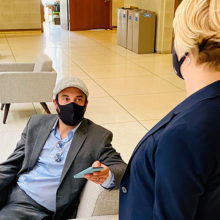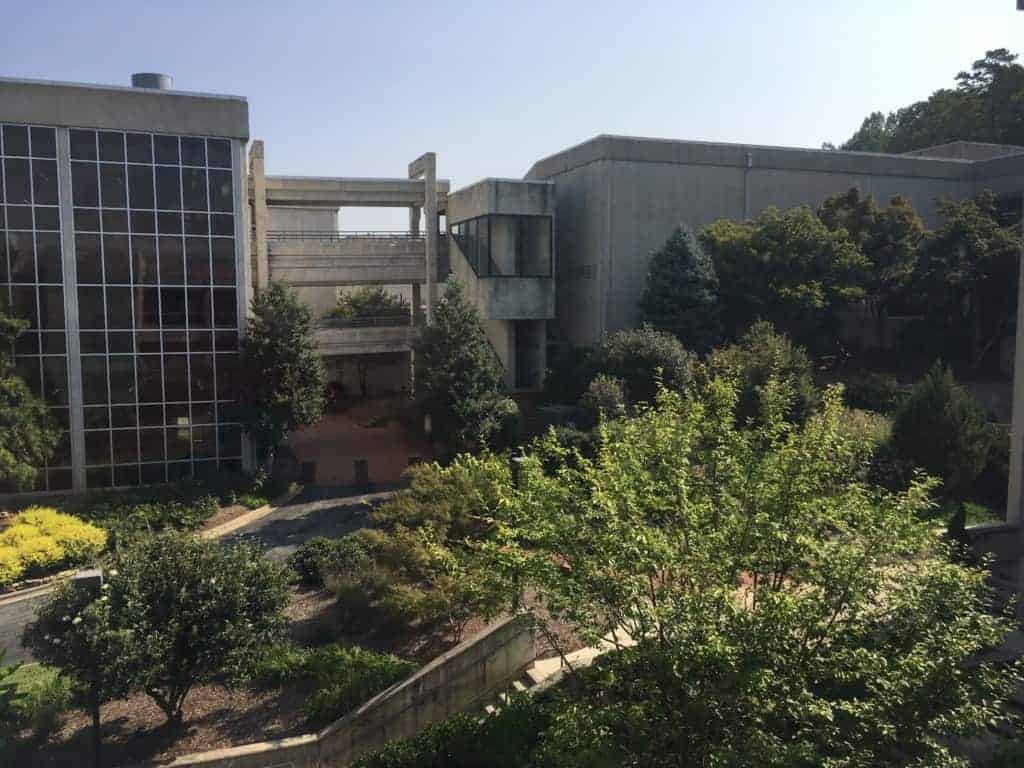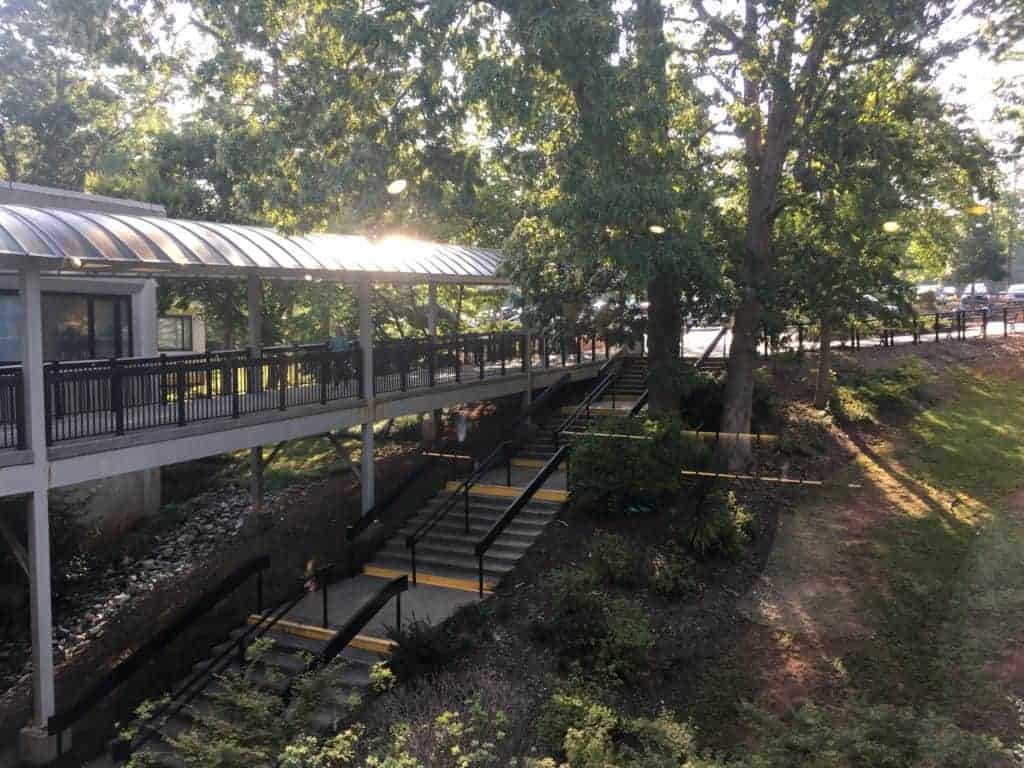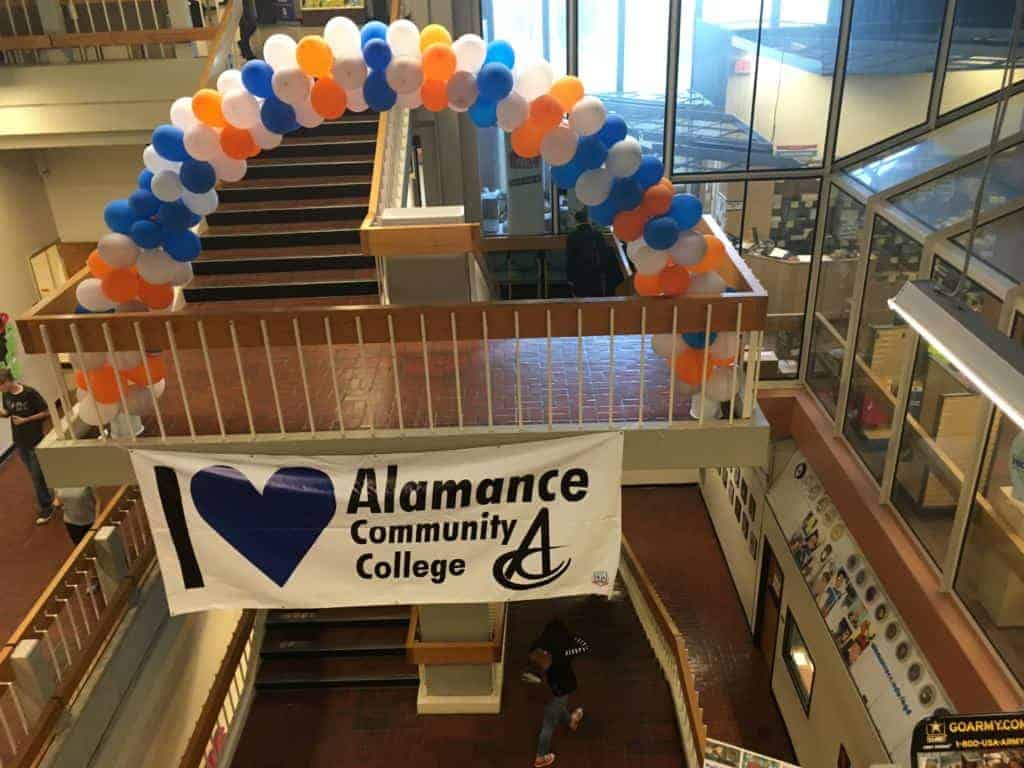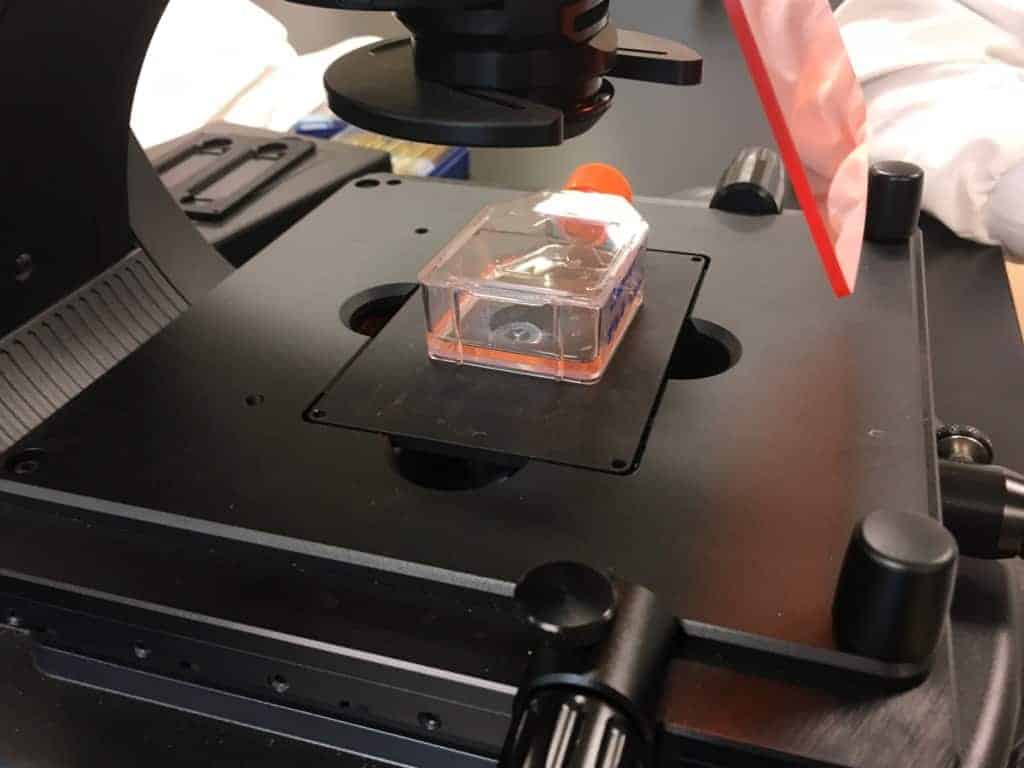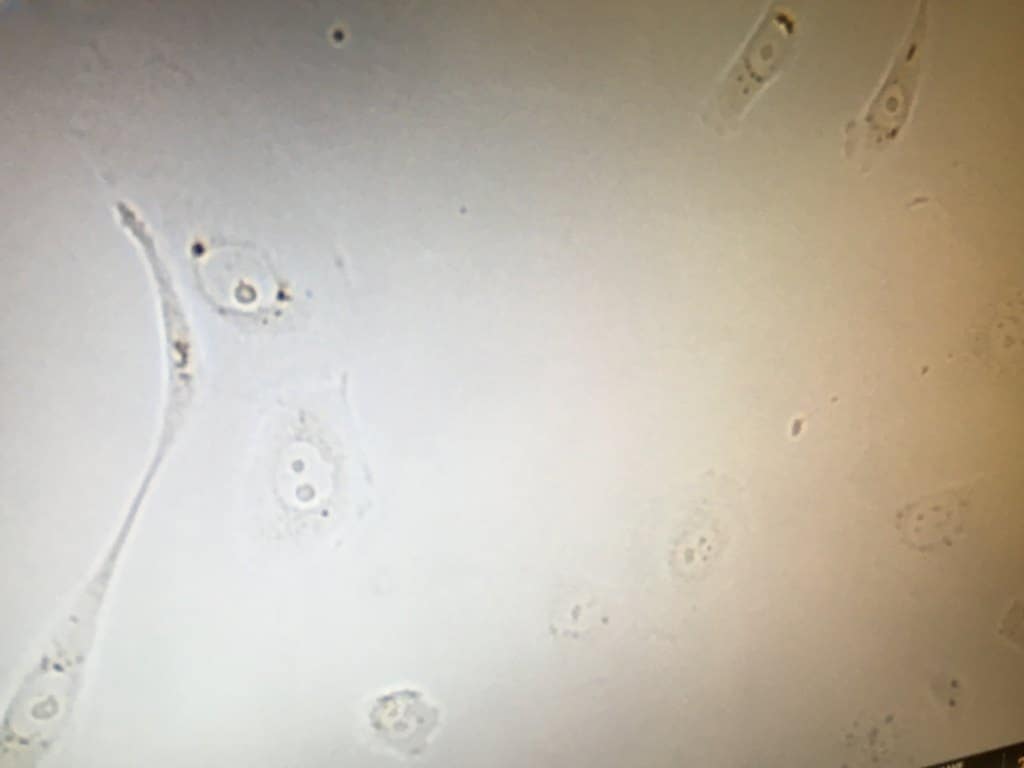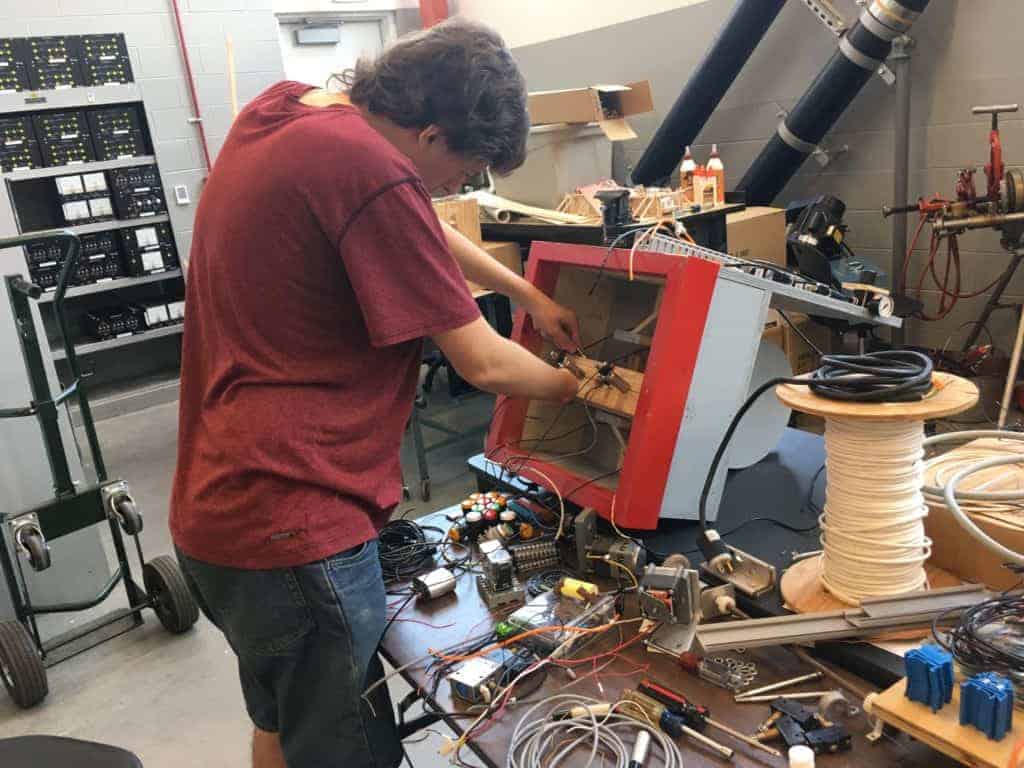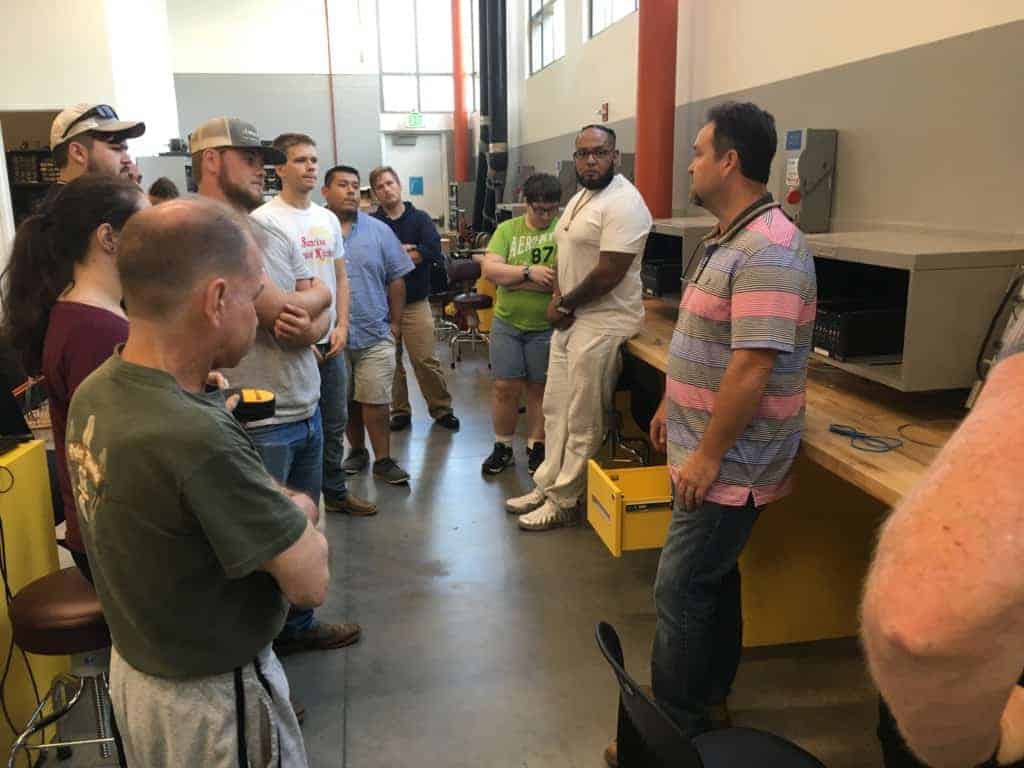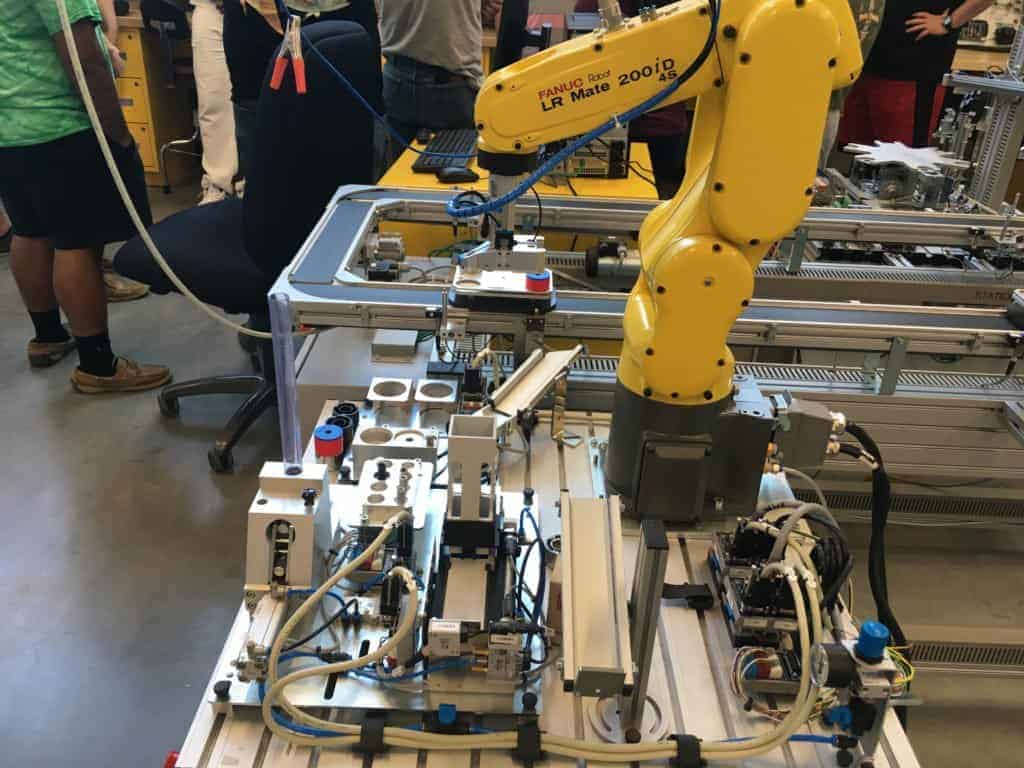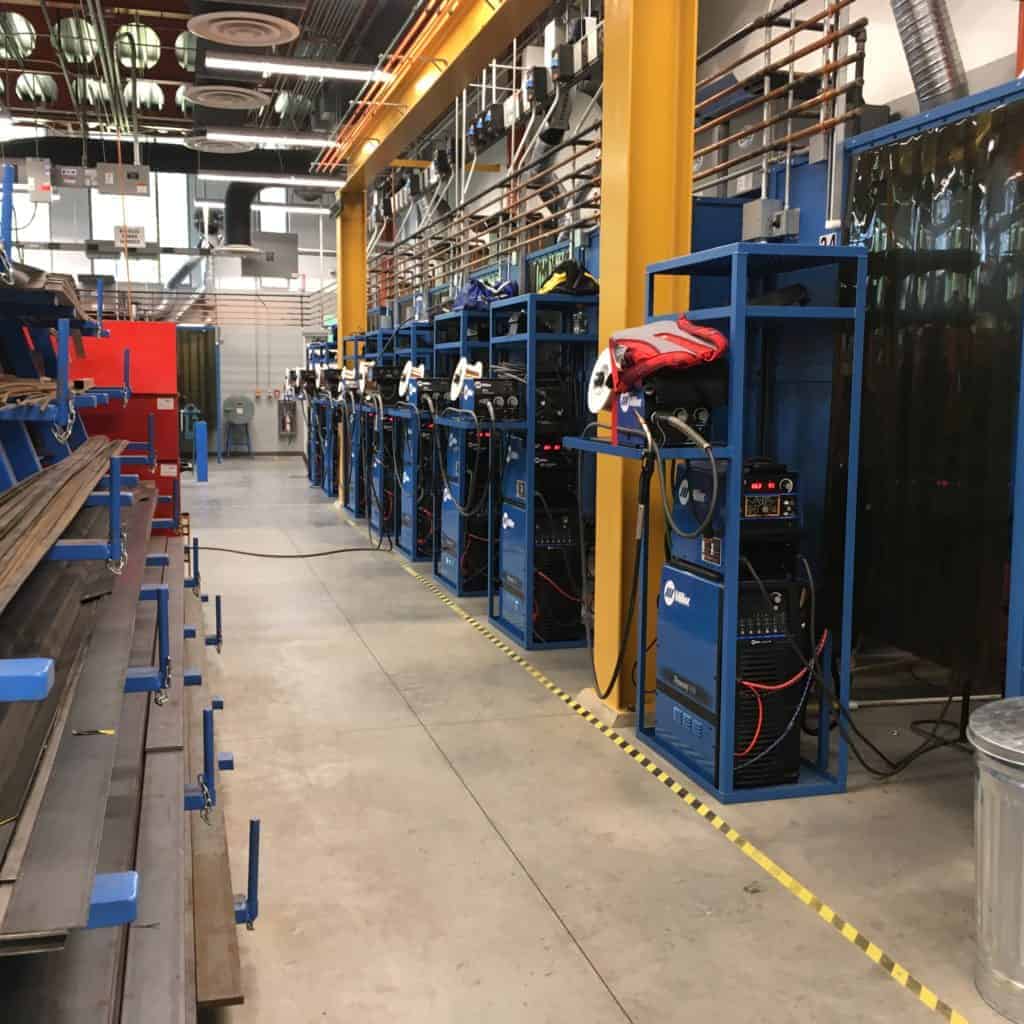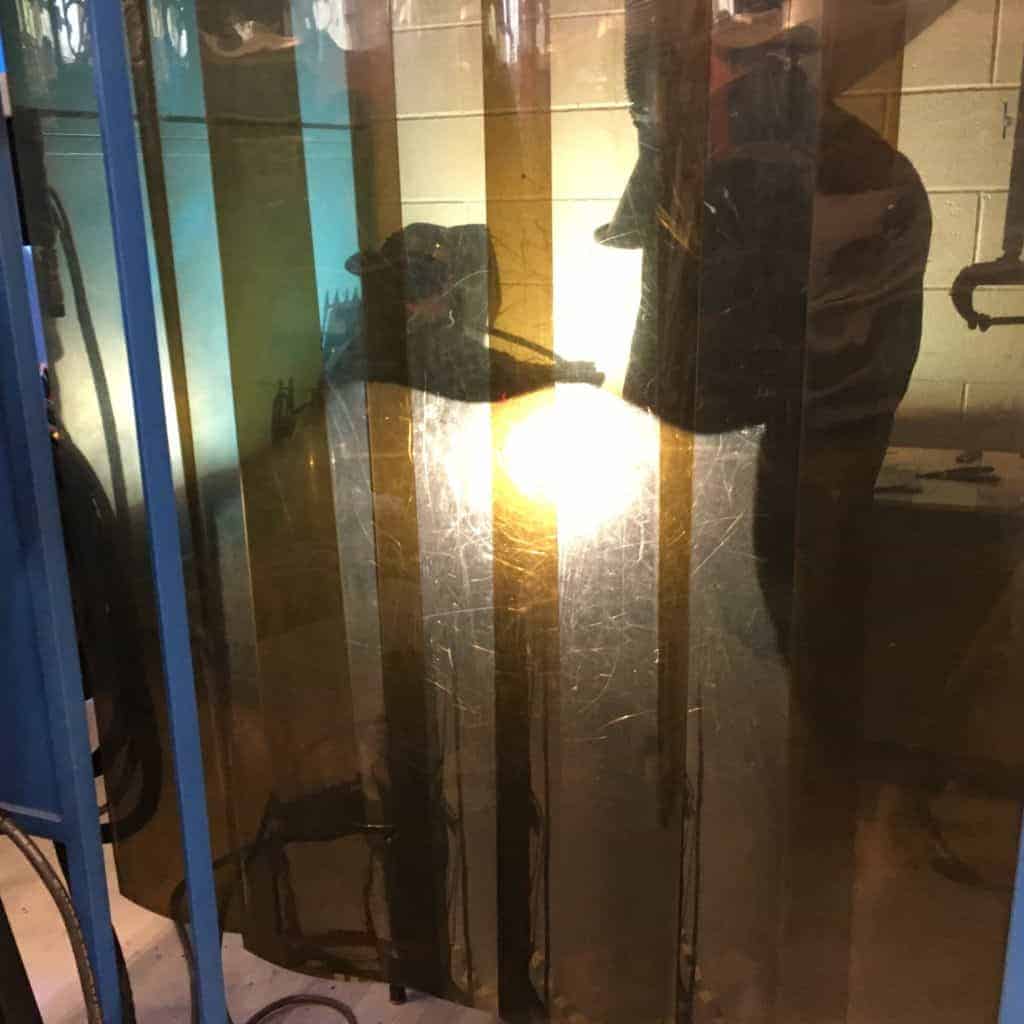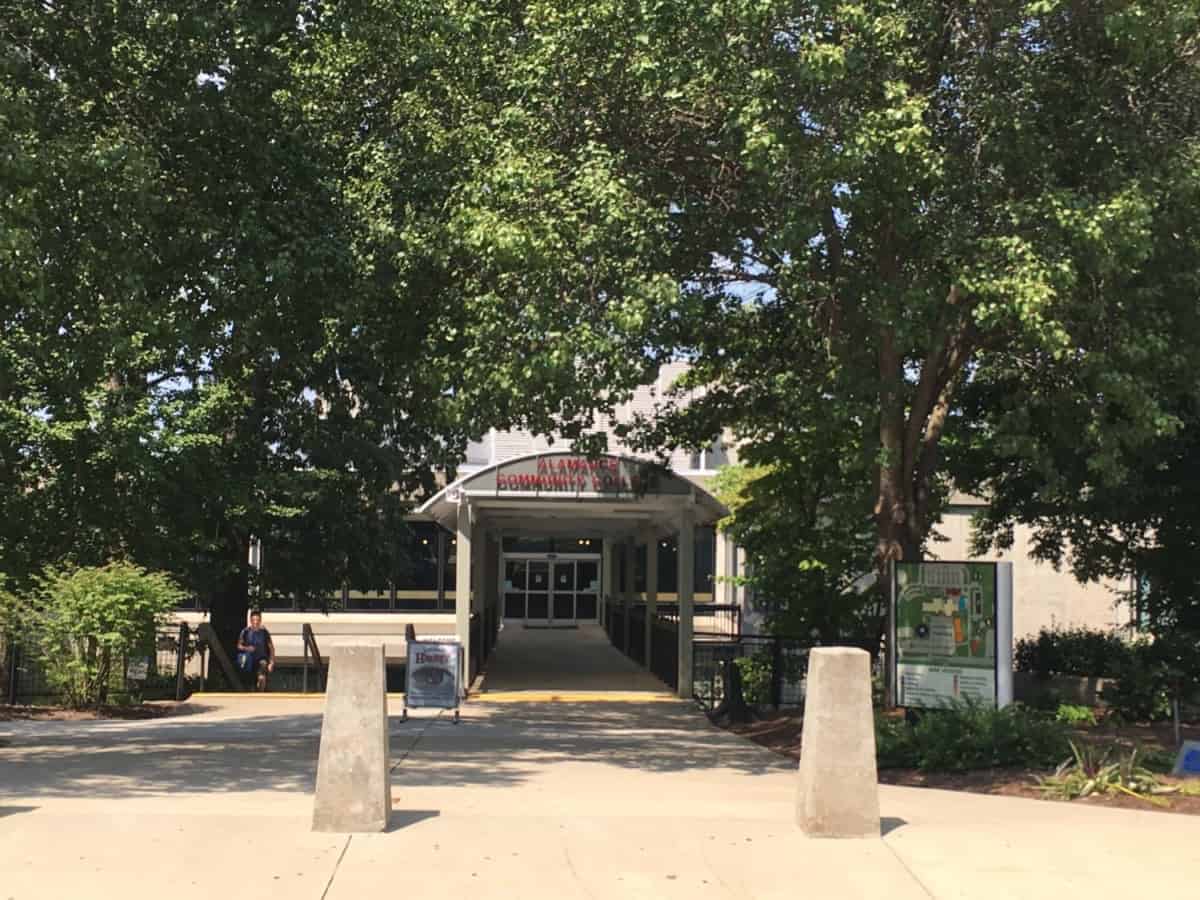
Roll past Durham and Chapel Hill on Interstate-40 and head to Graham, less than an hour outside of Raleigh, where you will find one of North Carolina’s hidden gems: Alamance Community College, home to the oldest two-year biotech program in the country.
Started in 1985, the biotechnology program is the centerpiece of the school’s Center of Excellence, which, if taxpayers vote affirmative on a $39 million bond in November, will be housed in a brand new Center of Excellence building in the near future.
Inside the Center of Excellence are programs such as histotechnology (related to histology, the study of cells and tissues), medical laboratory technology, mechatronics (mechanical electronics), IT, horticulture, and the culinary arts. They are all gathered under the leadership of Yonnie Butler, executive director of the Biotechnology Center of Excellence at the college. Yonnie himself is a former community college student. While he went the normal four-year college route, when he later wanted to get an MBA, he found he was missing a few business courses. Rather than pony up the big bucks to take them at a traditional university, he fulfilled his requirements at Alamance Community College. When he took his current job at the college a year and a half ago, he was trying to repay the favor.
“I saw it as a way to give back to the county,” he said.
Right now, the programs in the Center of Excellence are scattered across the campus, but with the money from the upcoming bond they can all be united under one roof using about $9.1 million of the $39 million the community college hopes to get.
The Center’s programs are geared towards getting students out into the workforce, using partnerships both with local companies as well as national businesses, such as IBM. Butler said the college is even waiting on a press release from a major international textile firm in Israel that the school’s biotechnology program helped develop a microbicrobial textile for.
Talking about these successes is key for Alamance Community College so that it can raise its profile and show students that there are opportunities for the taking in their neck of the woods.
“It’s very important for us to spread the gospel, so to speak,” Butler said. “It’s all about bringing the opportunity to our students so they can believe in themselves.”
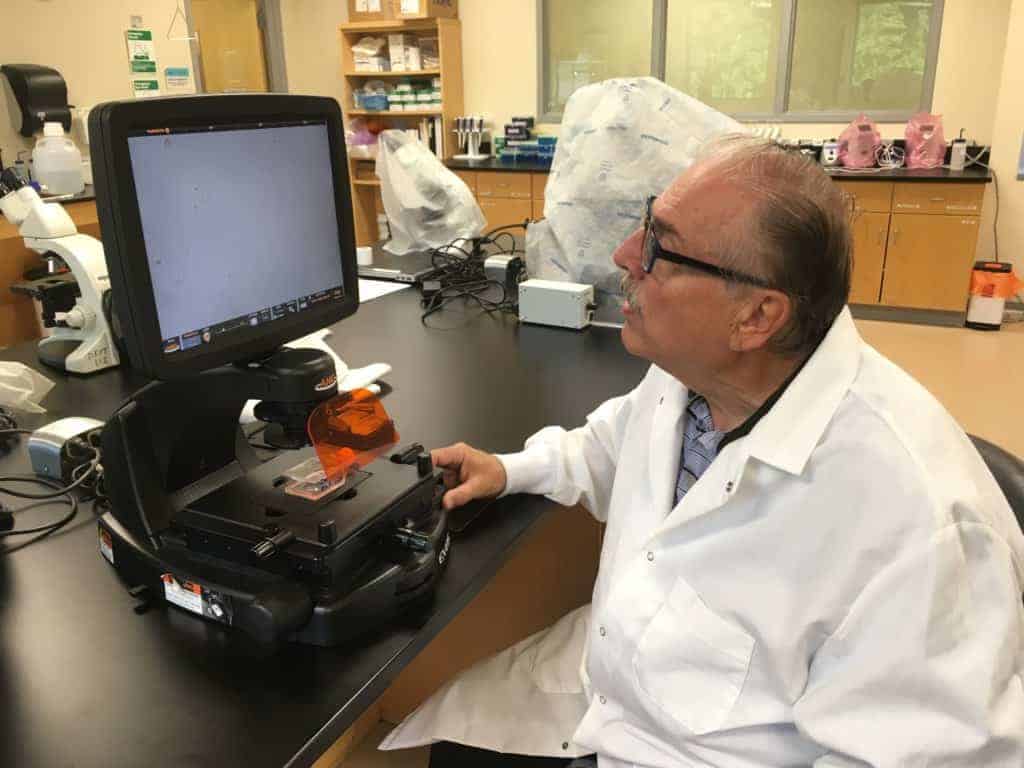
In the Allied Health Building, enthusiastic Alamance Community College professor emeritus Bill Woodruff walked from room to room showing off all the exciting things students can work on in the biotech program. Woodruff was responsible for the creation of the program, and while he retired a few years back, he only stayed away for about six months before returning.
“Worst retirement ever,” he said.
Alamance Community College’s biotech program is a premiere track and one of only a few in the state. Woodruff says it draws in students from all over. Only eight colleges in the state actually have the resources to offer a true biotechnology program, so any other college that offers the program is really partnering with one of those eight, he said.
In the program’s bioprocessing suite, he explained how the students use genes from a jellyfish and put them in other cells to make them glow. Those cells can be used to model the process that companies use to make biopharmaceuticals, giving the students the hands-on training they will need when they embark on their professions.
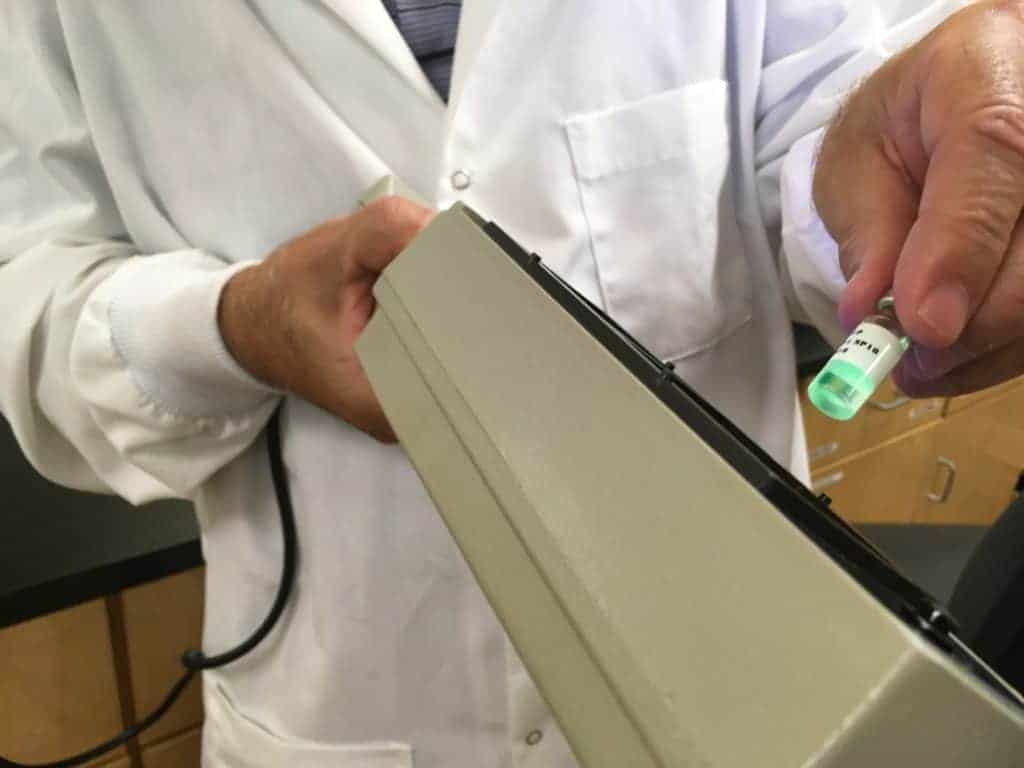
The program partners with biopharmaceutical companies such as Biogen and others to place students in internships and jobs. Most of his students go straight into the workforce from his program, he said.
The biotech center also has a cell culture room with hoods that can be used to create a sterile environment where students can work on their projects. The room has six hoods.
“Most the places I go, if you have two hoods you’re doing well,” Woodruff said.
And the students are working on pretty advanced stuff, like cultivating stem cells. At one point, Woodruff showed us how students are able to grow neurons in a culture and even create heart cells that visibly beat.
Woodruff said it’s important to get students familiar working with stem cells, because it is a skill that’s in high demand.
“We are trying to prepare them for the fact that there is going to be more of this stem cell stuff going on out there,” he said.
As Woodruff excitedly ticks off what’s happening at the biotech facility, it becomes clear why he is still working.
“This is why I haven’t retired,” he said. “I come in here and play.”
Justin Snyder, dean of industrial technologies, has been with the college for 15 years, 14 of which he spent as the head of horticulture technology. Now, working under the umbrella of industrial technologies, he is in charge of nine programs, including five that are housed under the 55,000 square-foot roof of the Advanced Applied Technology Center (AATC). The programs operated from there are mechatronics, HVAC, automotive, welding, and machining.
“We are really driven towards filling that skills gap,” he said. “In those advanced manufacturing job fields, there are more opportunities than we frankly have students to fill at this point.”
The AATC building was opened last October, and it brought together the five programs that were once separated across the campus in three buildings. Snyder said that the centralization of the programs has allowed collaboration between the students that wasn’t possible before.
“There are projects that come out of that collaboration, just because of the proximity,” he said.
The new building has also allowed the college better publicity and the ability to attract students more easily. The classes cater to student schedules, with time slots in the morning, afternoon, and even late evening. Like really late. Eleven p.m. to 3 a.m. The third shift.
Alamance Community College is the only school that offers those third shift classes. It helps accommodate local businesses that want their workers trained. If they work second shift, they can come in for third shift classes after. Or if they already work third shift, some local businesses give them time off a couple days a week to take advantage of the classes.
Every seat in the mechatronic and welding program is filled, and the two programs are over capacity.
“That is an indicator that the job opportunities are there when they graduate,” Snyder said.
He said students come out of the program with multiple job offers and no lack of options.
Dr. Algie Gatewood is the president of Alamance Community College, and he said his contribution to these programs is making sure they have the funding they need to thrive.
“I see my role as a resource provider,” he said. “In terms of the Advanced Applied Technology Center building, my job is to get out and find the money,” he said.
He said the building was a dream already when he got here five years ago, but one with no resources to make it happen. He worked with the county commissioners to get the funding, and now it is a brand new facility bringing multiple specialties under one roof.
At the Advanced Applied Technology Center, the tour began at the mechatechnology center. This is where students learn how to program and run the sophisticated manufacturing equipment that is essential to modern-day factory work.
Roland Roberts is the department head, and he said that while there is a traditional classroom aspect to the teaching in his department, he really believes in the hands-on approach.
The welding lab has 24 welding bays and teaches students the skills of welding all the way from the oldest form — blacksmithing — to using modern tools such as plasma torches.
Michael Holt, the department head, said that years ago, American culture convinced students they needed four-year degrees, not trade certifications, and the result has been a dip in the supply of skilled workers in welding and other fields. Alamance Community College is doing its best to fill that gap.
Welding is a great profession for young workers he said, offering those willing to travel up to $100,000 a year even starting out.
“And that’s a 19, 20-year-old knucklehead kid,” Holt said.
And, he added, the skills allow a trained welder to go anywhere they want because the welding taught at Alamance is what is being performed the world over, be it the Philippines or Greensboro.
Finally, welding has the added bonus that it’s not feasible for most companies to outsource it like they would IT jobs.
Holt said that one of the big challenges of his department has been trying to recruit more women. Google an image of welding, and you’re likely to get a dingy, dirty look at how it was done back in the ’40s and ’50s, he said. But things have changed a lot since then, and the profession is as welcoming to women as it is to men.
“We have been working on that like crazy,” he said. “Anytime you eliminate half of the world’s population, you’ve screwed up.”
HVAC Lab
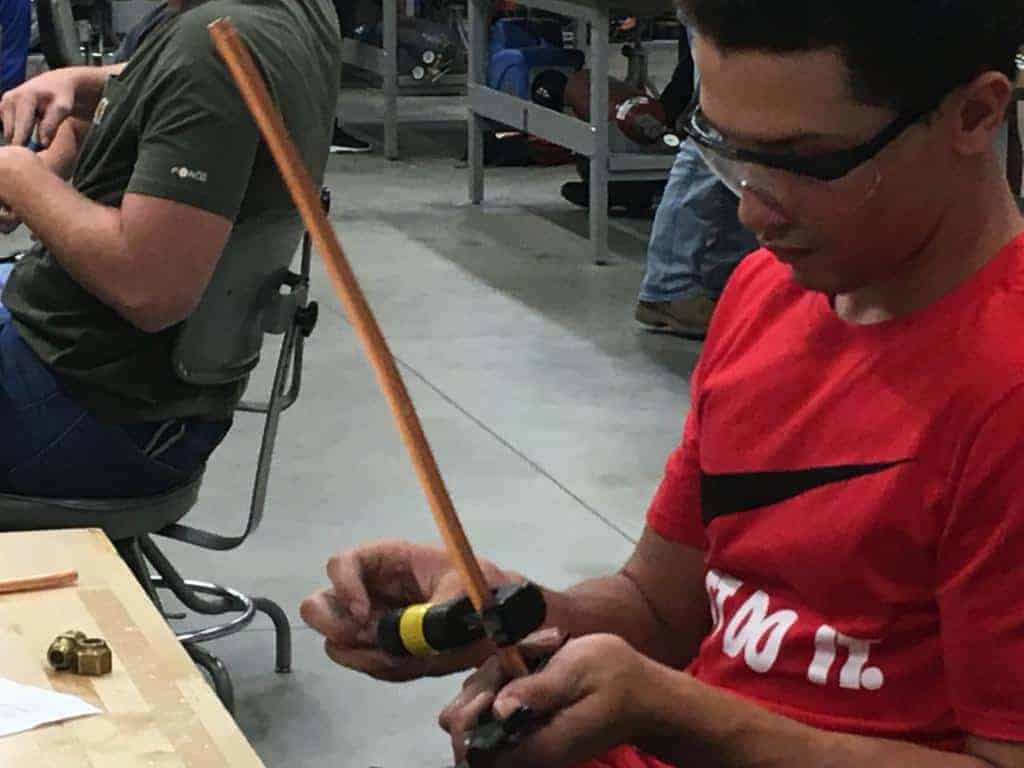

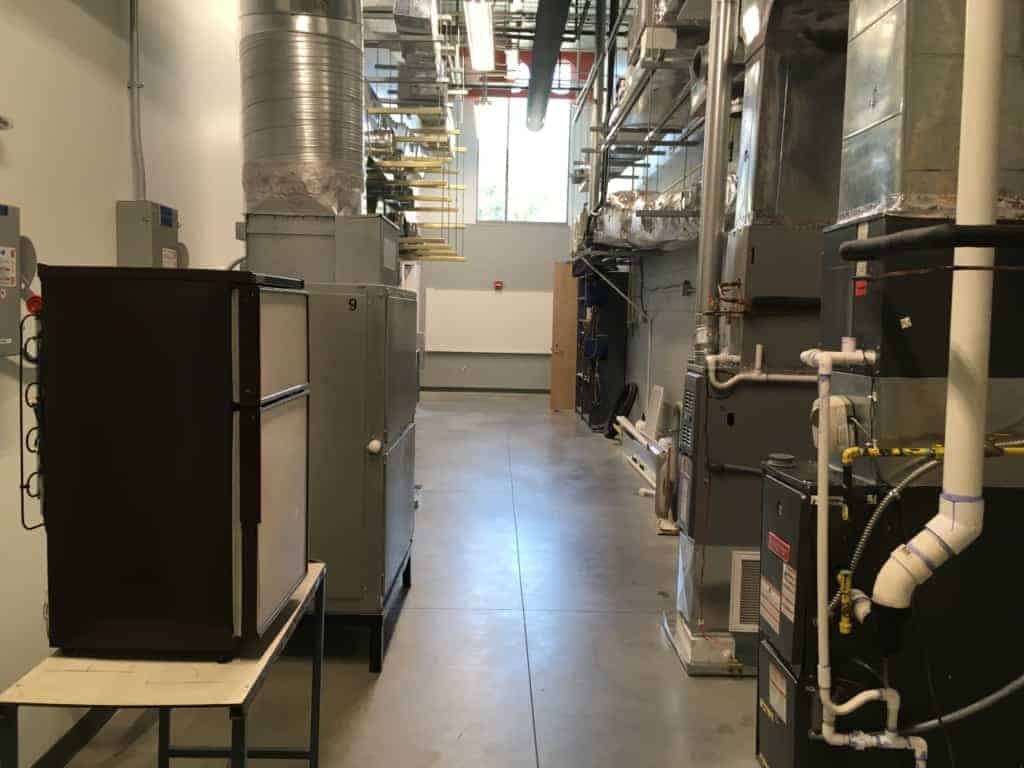
Automotive lab
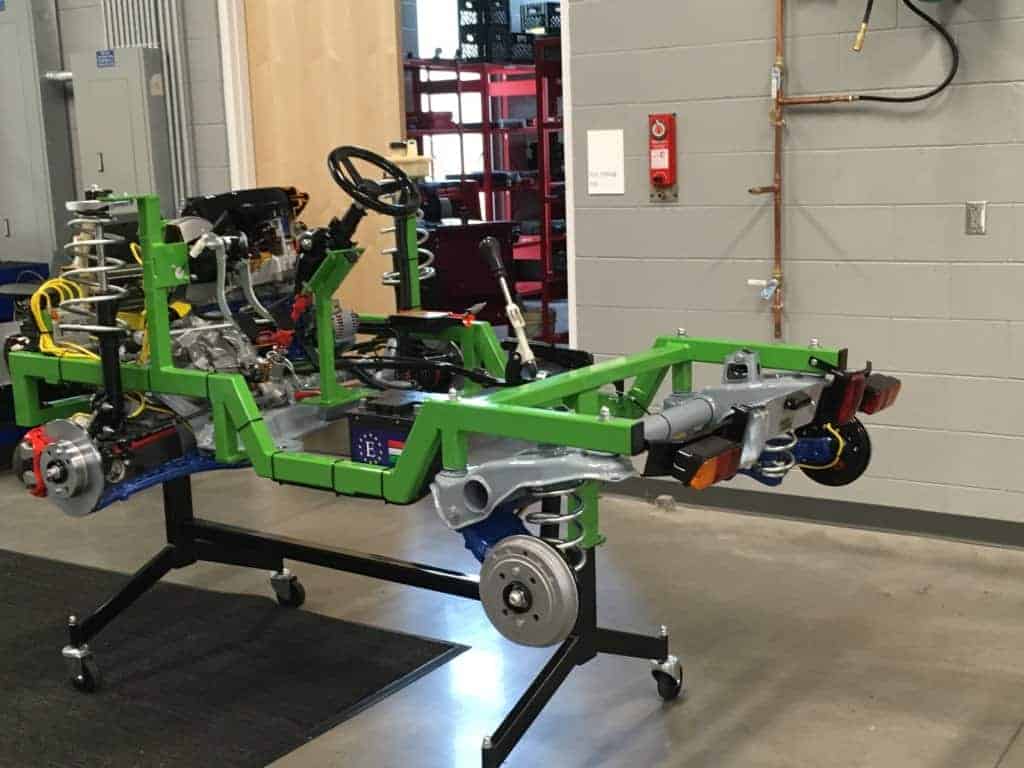
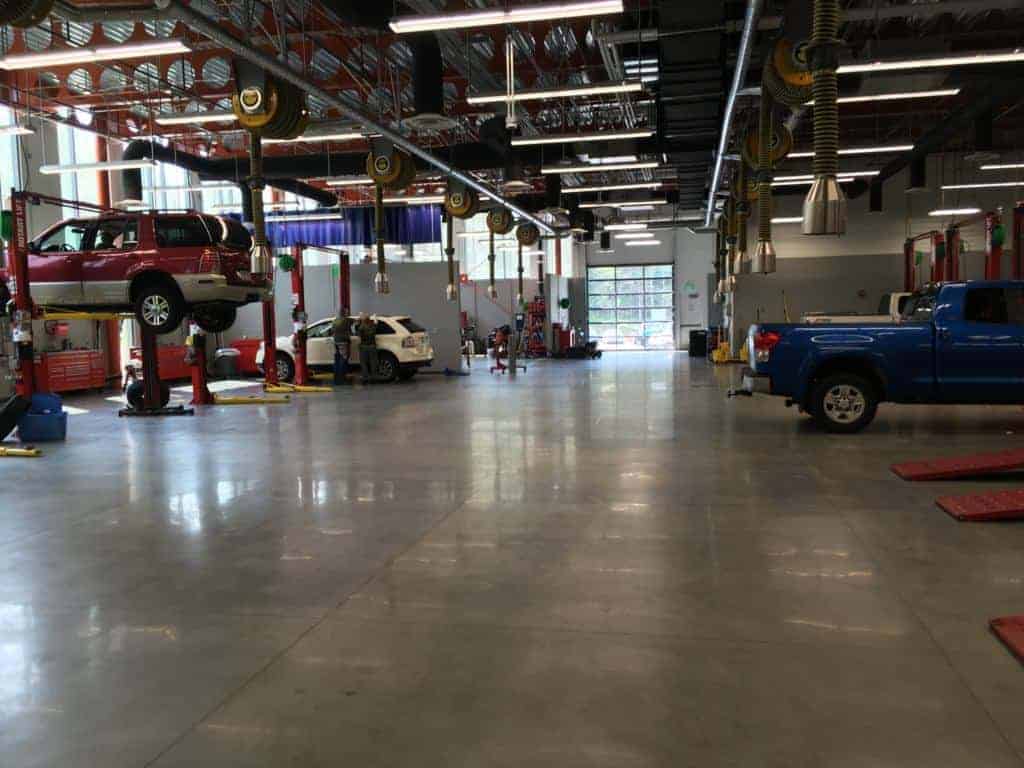
With the Advanced Applied Technology Center going strong, Gatewood’s next big mission is getting the bond measure passed in November, something he is confident the people of Alamance County will support.
“I believe they are intelligent people, and they understand that quality training is essential to retaining industry, growing industry, attracting industry, and providing living wage job training to their children, grandchildren, neighbors, etcetera,” he said.
The money will go not only to the Center for Excellence, but also to a Public Safety Training Center and to upgrading other buildings and programs on the campus.
There is a separate bond measure on the ballot for K-12 schools, which Gatewood said makes sense because the whole continuum of education needs to be supported in Alamance County. But within that continuum, Gatewood said the community college plays a special role. By 2020, he said 67 percent of jobs in the state will require less than a four-year degree but more than a high school degree.
“Community college is a sweet spot in terms of providing the training,” he said.
